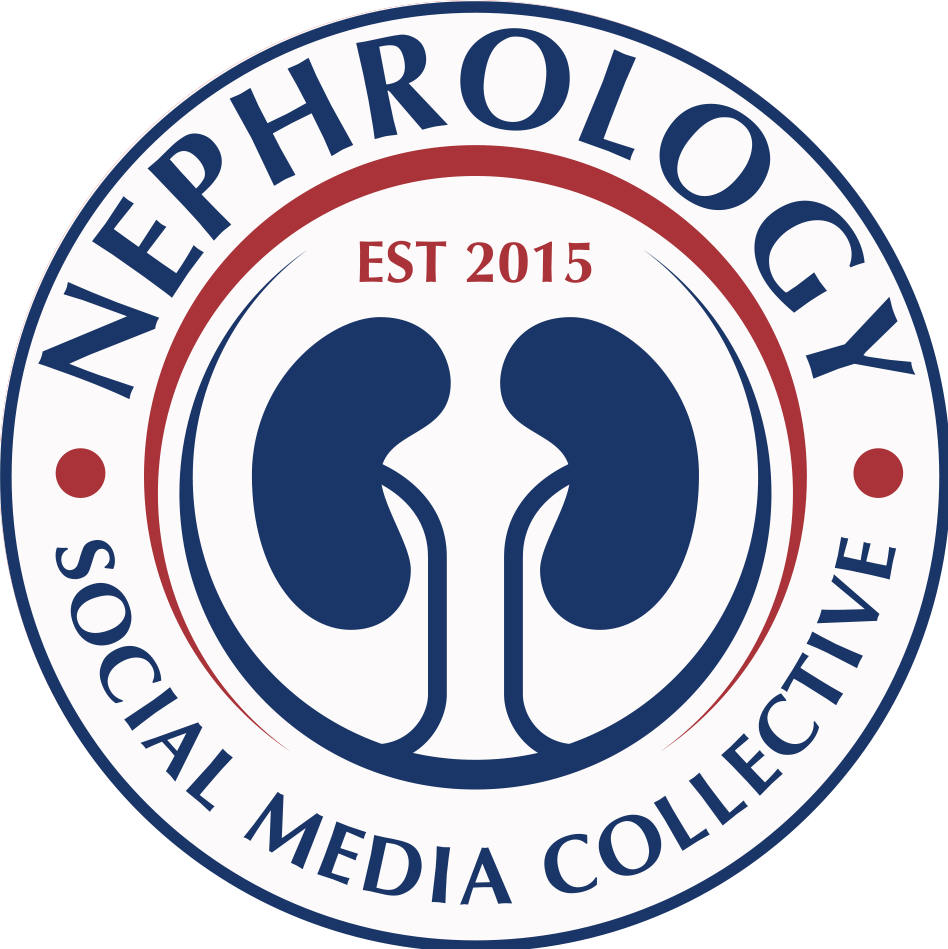Nephrology in a Resource Limited Setting, Gaza Edition
What did I expect from the healthcare system going into the Gaza strip, seemingly one of the most inaccessible and dangerous places on earth?
It’s embarrassing to say that media portrayals played a role in my notions. I was expecting to see a lack of physicians in a weak system with destruction all around. What I saw was simultaneously heartbreaking and comforting. I went with a team from MedGlobal, a non profit aimed at providing sustainable health care services to refugees, the most vulnerable in crisis areas and in low resource settings. Through MedGlobal, a diverse team from a professional, ethnic and religious backgrounds formed. Our team consisted of specialists in pulmonary critical care, Ob/Gyn, pediatrics, colorectal surgery, surgical oncology, anesthesia, pediatrics, nephrology, heme/onc and neurology. The team had clinicians from both the UK and the US with members identifying as Hindu, Jewish, Muslim, Catholic, Christian and agnostic; our unity around a common goal was beautiful to be immersed in. Our goal was to provide patient care, teaching and donating direly needed medical supplies, all of us were there on our own time and paid our own expenses.
On our first day there, we met with officials from the Ministry of Health and heard from leaders in the oldest and biggest hospital, Al-Shifa . What I will always remember more so than the jarring statistics was the sense of pleading to be heard, heard by the global community about what is happening. There’s a mingled guilt and helplessness in situations like this and I always come away wondering what sheer dumb luck has led me to such a position of comfort and privilege to sit across from individuals ever capable and exemplifying resilience. Later in the day the clinicians dispersed to meet with their Palestinian counterparts in one of two of the main hospitals we were working at, Al-Shifa Hospital or Nasser Hospital with the purpose of understanding each specialty’s work flow and assessing needs for future missions. I was paired and rounded with Dr. Riad, a bright nephrologist who had studied and trained in Egypt. We rounded on patients together and saw cases that ranged from run of the mill AKI to more complex cases such as steroid resistant childhood nephrotic syndrome that was now worsening, prompting a change in therapy. We visited the dialysis unit where many patients greeted Dr. Riad more as a friend. At the end of the day, when the group reconvened over dinner, all our experiences were similar - the lack wasn’t of human capital or education, the handicap was in a stifling lack of resources and mobility. Half of basic necessary drugs are at zero stock level, meaning there are not enough essential medications to effectively run a hospital to last through the next month. Astounding. The average amount of electricity per day is 7 hours. Dr. Aarti Garg, who did laparoscopic colon surgery on this trip, witnessed firsthand electricity flickering mid operation: luckily, big hospitals have generators but what of regular people?
What was I able to contribute as a nephrologist ?
Honestly the nephrologists there are capable and bright. They are deftat managing complex cases and have access to medications such astacrolimus, mycophenolate and steroids. Uptodate is a highly cherishedresource. Some of the more expensive medications, such as rituximab, areimpossible to access because of the blockade. If a patient needs thesemedications, they need to be transferred out of the Strip. Transfer tomore advanced centers is an onerous process, as on average 43 people are given permission to leave per day.Thinking comparatively to Las Vegas, a city of about the same size, toimagine only 43 people allowed to leave Las Vegas per day is mindboggling. People can’t leave to study, to visit family or to get more advanced and necessary medical care.Kidney biopsies that are done are sent across the border to neighboringcountries to be analyzed. There is no doubt room for improvement,though it would be remiss to comment without also noting that theselimitations will be difficult to overcome unless the prevailing rootcircumstances change. One notable example was the number of patients inthe dialysis unit and the space each patient was allotted. The dialysisunit was full to the brim with one patient able to reach over and touchtheir neighbor, privacy and space, you see, is a luxury in a denselypopulated area with limited resources. Medications such aserythropoietin and calcitriol were not available; many patients asked usif we were able to provide these medications on a regular basis.
I have gravitated towards point-of-care ultrasound particularly because of ease of use, rapid diagnostic ability and practicality of use, especially in low resource settings. I’ve previously taken a course with MedGlobal and have been using the Butterfly ultrasound probe on a regular basis. The Intensivists at my home institution have guided and taught me along the way as well. I was tasked with teaching a Point-of-Care Ultrasound workshop to the Internal Medicine and Intensive Care physicians at Nasser and Al-Shifa Hospitals; around 35 med students and attendings attended between two hospital systems. The workshop was well received and we did bedside ultrasound on patients in the Intensive Care Unit there. This part of my time there was likely the most beneficial of contributions to the most amount of people as the clinicians there are going to be using what they’ve learned on an ongoing basis.
I encourage anyone with even a fleeting curiosity to delve for themselves into the complexities of the situation and with intentional conscience not forget the humanity of people, approach learning about this situation with empathy. Often times the most common narrative is not reflective of reality.




